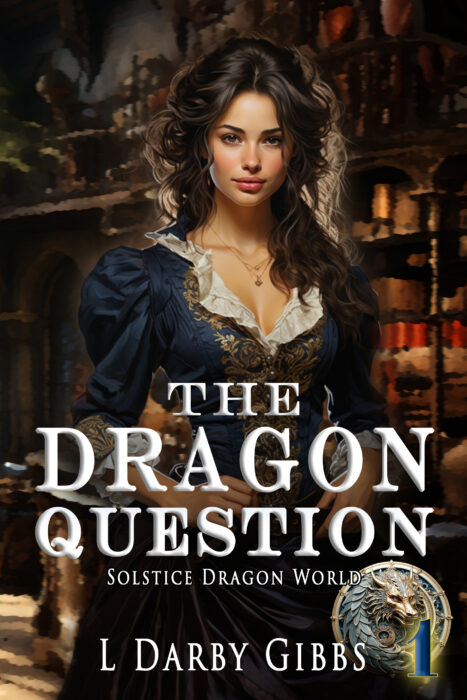Photo by Jeremy Bishop on Unsplash In March, I started a new series. It’s not really a series as each novel can standalone, but they are all set in the same world of the Solstice Dragon. What they have in common is setting, and there is a solstice dragon that is key to each book….
Tag: research
Every time I start a new novel, I find myself researching a variety of items, especially with the fantasy novels I’ve been writing lately. I have selected the 1700s as my template years for technology, clothing, architecture, and transportation. Picture credit: Okamatsu Fujikawa from on Unsplash Since drafting my newest fantasy novel, I’ve found the…
We fiction writers attempt to create authentic character experience, largely from events we have never experienced. Of course, we often draw from memories to bring verisimilitude to our writing, but just as often, if not more so, we write of things we have never seen, touched, emotionally felt or responded to. Writers attempt to create…
Sometimes hitting the books (internet, encyclopedia, local expert) is the best way to galvanize creativity. Immerse yourself in something that interests you. The information may not become useful right away, but then an internal click will sound and that knowledge will have a place. An unplanned immersion for me has been Alzheimer’s and Dementia. My…
Always looking at a master’s work before tackling your own world building is a good way to not just see the process in action but immerse yourself in it, so when you dive into your own work, the spell has been cast, a sense of the cape of good building has been settled like…
I write time travel novels, and one of the features that stands out when a character travels in time is fitting in with the culture. That includes clothing, behavior, hair styles, social interaction and such. Since my characters move about in time, I have had to research to make sure that Mick is wearing the…
